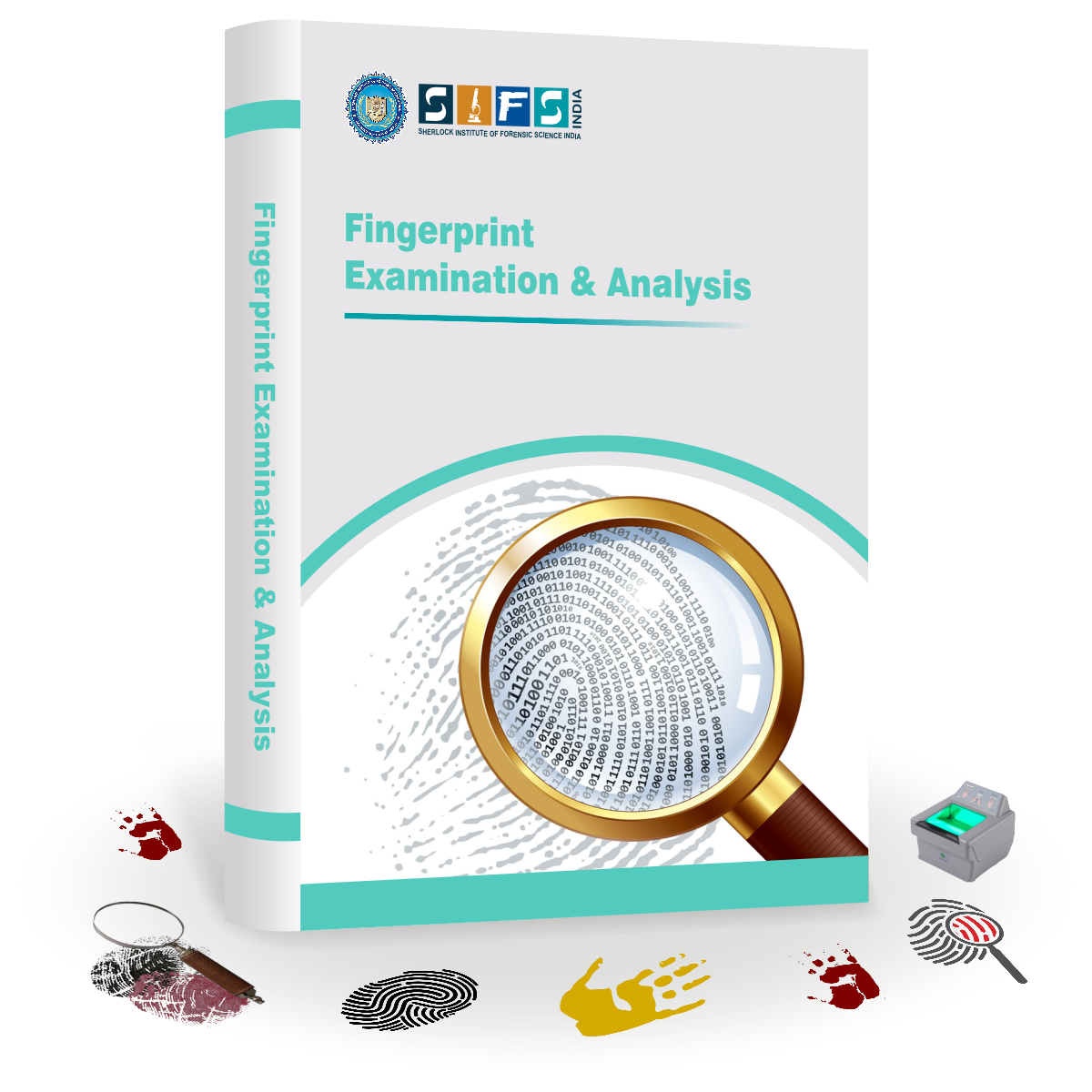I would like to thanks SIFS INDIA for providing us a platform to learn new techniques in the field of fingerprint examination through online learning platforms. One should definitely join SIFS INDIA as they are really taking great initiatives in making people aware of what forensics is and helping us to get better in the different aspects of forensic science.

Dec Batch 2025
Last Date to Register : 25th Dec 2025
The Fingerprint Examination & Analysis Online Course offered by SIFS India lets you explore the art and science of fingerprint examination, one of the most powerful forensic investigation techniques to date.
You will learn to identify latent prints, ridge patterns, and minutiae points and will gain skills to decipher the silent witnesses left at crime scenes.
The entire curriculum is taught by experienced professionals and delivered via pre-recorded sessions, allowing you to study at your own pace without any constraints.
Associate Degree Program comprises of three levels: Level 1 (certificate), Level 2 (diploma), and Level 3 (Post Graduate Diploma), and the entire curriculum is divided among these levels.
A few of the topics you will learn about are: fingerprint basics, including history and pattern types, different types of fingerprint classification systems, types of fingerprints, physical and chemical print development methods, poroscopy, types of forgeries, recording and examining fingerprints, the Automated Fingerprint Identification System, foot prints, shoe prints, gait patterns, lip prints, palm prints, ethical and legal considerations, report writing, and presenting your findings in court.
So get ready to start your journey of discovery and precision by enrolling in this course.
Course Benefits
Enrolling in this course will help you gain a deep understanding of fingerprint science and its applications. You will become skilled at identifying and classifying prints, thereby providing valuable support to law enforcement agencies, forensic labs, and private investigative firms in solving criminal cases.
Course Outcome
Upon successful completion of this course, you will become capable of analyzing, comparing, and evaluating all types of fingerprints. You will gain expertise to put your acquired knowledge to practical use and provide crucial support in criminal investigations and court proceedings. Also, armed with a strong foundation, you will have access to diverse opportunities in the ever-growing field of forensic fingerprint examination.
Course Highlights
- Pre-recorded sessions with practical insights about analysis tools
- Experienced faculty in the field of fingerprint analysis
- Industry-specific and comprehensive study material and reference books
- The latest techniques to identify, process, lift, preserve, and analyze prints
- Advanced digital fingerprint analysis techniques
- Networking opportunities with forensic experts and professionals
- Increased career prospects and knowledge in this specialized field
Payment Details:
International Student : PayPal: forensicdocument@gmail.com
Account Details for National Student
Bank Name - ICICI BANK
Acc. Name - SIFS INDIA PVT. LTD.
Account No. - 663505500086
Type - Current
IFSC Code - ICIC0000160
Address - ICICI Bank, H-4, Model Town -III, New Delhi - 110009








